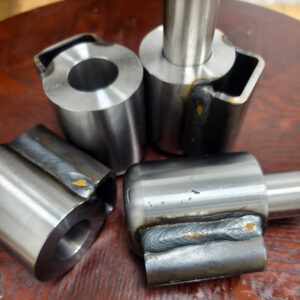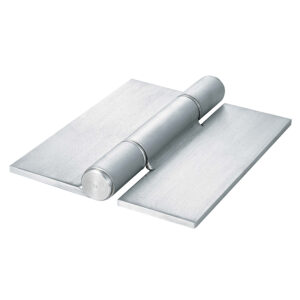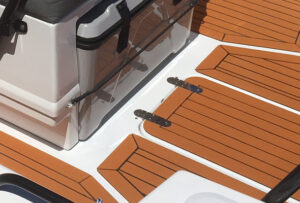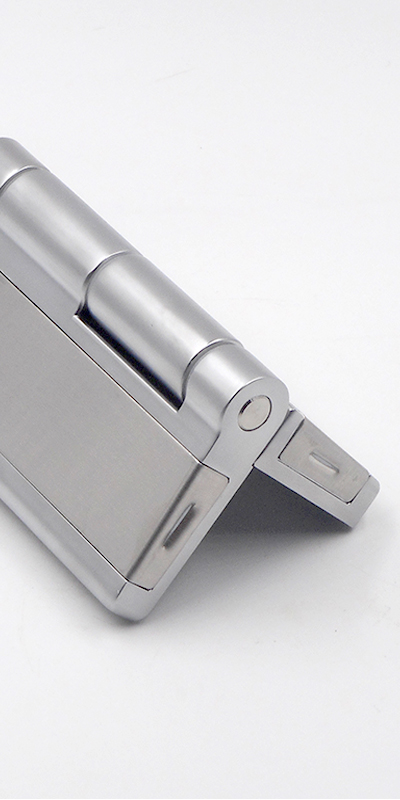Quickly choosing the wrong hinge type for industrial enclosures can lead to serious durability issues. Let’s compare chrome butt hinges and stainless steel hinges to determine the better fit.
Stainless steel hinges offer superior corrosion resistance, strength, and longevity for heavy-duty industrial enclosures. Chrome butt hinges, while aesthetically pleasing and cost-effective, are more suitable for indoor or less harsh environments. For maximum durability in challenging settings—especially with heavy doors or outdoor exposure—stainless steel is the better choice.
To choose correctly, we need to look deeper into the differences in materials, load capacity, environment suitability, and lifespan.
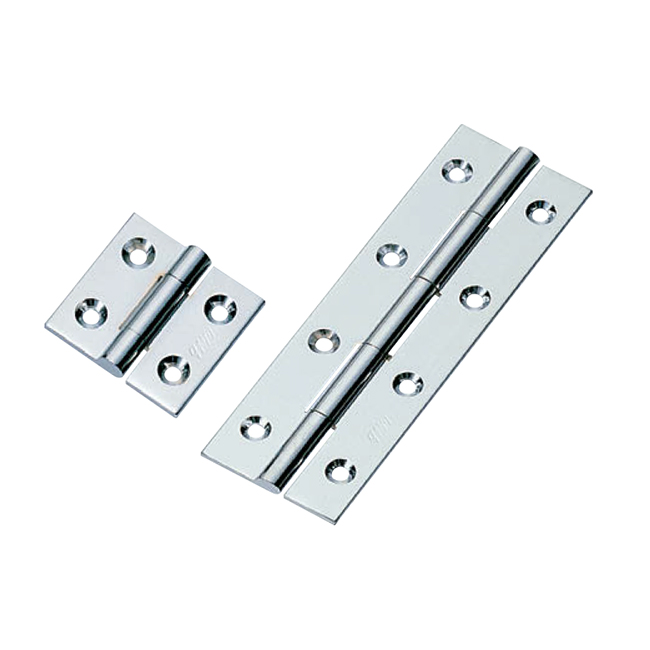
Understanding the Structure and Strength of Butt Hinges
Butt hinges are widely used in industrial enclosures, machinery doors, and electrical cabinets due to their compact form and reliable strength. These hinges consist of two rectangular leaves joined by a central pin, which allows the door to swing open and closed. Their simplicity allows for flush mounting, making them ideal for sheet metal enclosures where a clean profile is required.
Butt hinges are strong, compact, and ideal for enclosures that require repeated opening and closing. Their fixed pin design offers reliable performance under heavy use. Industrial-grade butt hinges are typically constructed from heavy-duty metals such as stainless steel, chrome-plated steel, or zinc alloys. Ball bearing butt hinges are an enhanced version that incorporate ball bearings between the hinge knuckles, significantly reducing friction and wear over time—an ideal choice for Replace Industrial Door Hinges with high-frequency usage.
Other variants, like Heavy Duty Continuous Hinges, extend the length of the door and provide additional support for heavier loads. Compared to other types such as Wide-throw hinges, butt hinges maintain a compact appearance while offering robust mechanical function, making them a staple in industrial applications.
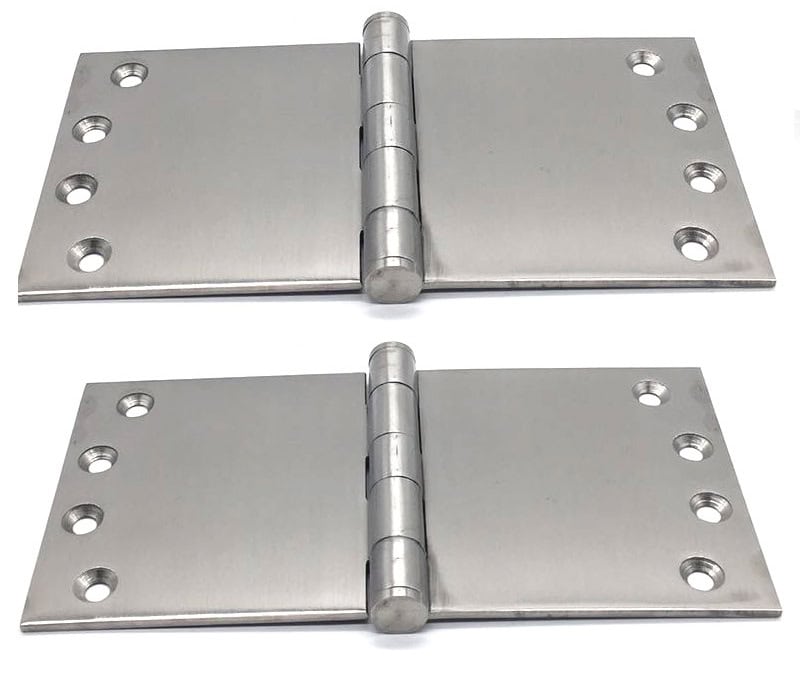
Comparing Chrome and Stainless Steel Materials for Industrial Hinges
Material selection is critical in hinge performance. Chrome butt hinges are typically made from steel and coated with a chrome layer, offering a smooth, reflective finish that’s resistant to light corrosion. In contrast, stainless steel hinges are solidly built from corrosion-resistant alloys, often 304 or 316 grade, making them exceptionally resilient in harsh conditions.
Stainless steel hinges are more durable and corrosion-resistant than chrome, making them ideal for outdoor or high-moisture environments in industrial settings. Chrome hinges are best used in cleanroom environments, light-duty machine covers, or indoor access panels where aesthetics are more valued than corrosion resistance. They perform well under moderate loads but are prone to pitting and surface degradation over time in salty or humid conditions.
On the other hand, stainless steel—especially marine-grade 316 Stainless Marine Friction Hinges—can withstand exposure to chemicals, saltwater, and temperature fluctuations without losing mechanical integrity. This makes them the preferred choice for outdoor industrial hinges and equipment deployed in marine, chemical, or food processing industries.
Application Scenarios for Each Type of Hinge
Knowing where each type of hinge excels can help buyers match performance to application. Chrome butt hinges are often used in indoor industrial settings like server racks, internal panels, or tool storage compartments. These environments are controlled and less likely to expose the hinges to corrosive elements.
Use chrome hinges in clean, dry, indoor industrial environments. Choose stainless steel hinges for outdoor, corrosive, or high-load applications. For applications requiring rust-free performance and maximum endurance—like outdoor HVAC units, utility boxes, or cold storage room hinges—stainless steel is essential. This is especially true when installing heavy duty exterior hinges in environments subject to rain, snow, or chemical fumes.
When selecting hinges for larger or heavier equipment access doors, stainless steel is the clear winner. They handle weight better, maintain alignment over time, and require less maintenance. Chrome hinges, while visually appealing, may not withstand prolonged industrial abuse or environmental exposure.
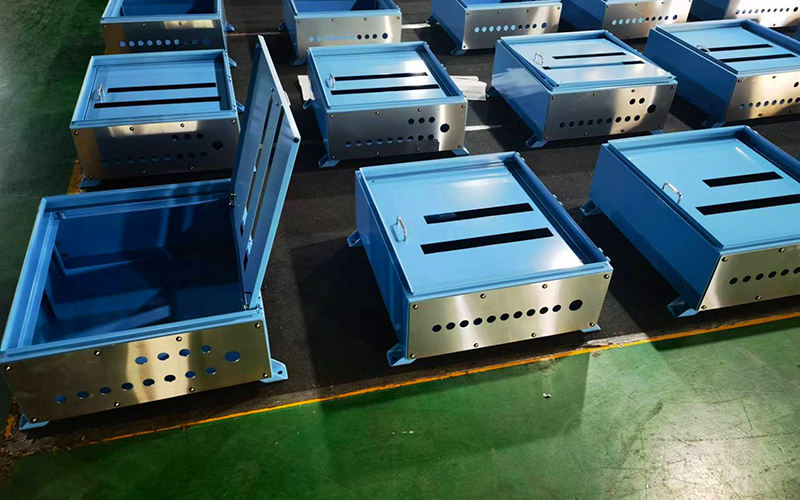
Cost, Customization, and Maintenance Considerations
One of the most significant differences between chrome and stainless steel hinges lies in their cost. Chrome butt hinges are generally more affordable and faster to produce, making them ideal for cost-sensitive OEMs or large-volume orders where the operational environment is not particularly demanding.
Chrome hinges are cheaper and easier to produce. Stainless steel, while more expensive, offers lower maintenance and higher reliability in the long term. Customization is available for both types, with manufacturers offering 3D design plans, logo engraving, and material adjustments to suit specific needs. However, the finish quality and long-term durability of stainless steel make it the preferred material for industries that value reliability over aesthetics.
Maintenance is also a key factor. Chrome finishes can wear off or corrode when exposed to moisture over long periods, requiring early replacement. In contrast, stainless steel hinges require minimal upkeep and offer stable performance over years, making them a more cost-effective solution in the long run.
Final Recommendation for Industrial Buyers
In industrial environments where strength, reliability, and corrosion resistance matter, stainless steel hinges are the better long-term investment. For lighter, dry, and aesthetic-focused applications, chrome butt hinges still hold value.
For buyers prioritizing durability, stainless steel is the clear winner. Chrome can work where cost matters more than long-term performance. Ready to source your next batch of precision-engineered industrial hinges? Contact IHINGES at [email protected] or explore our full product line of heavy-duty long hinges, custom-engineered Adjustable Torque Stainless Steel Hinge, and more industrial solutions.

